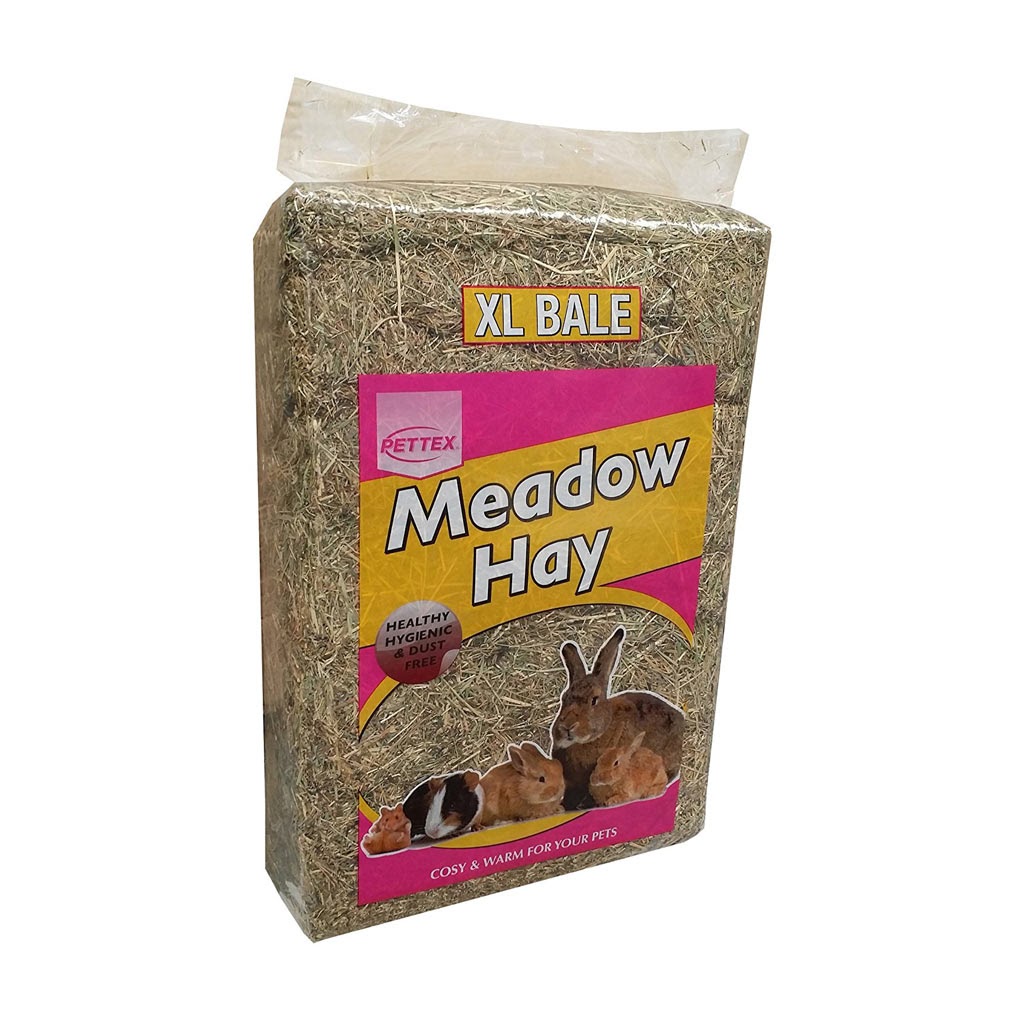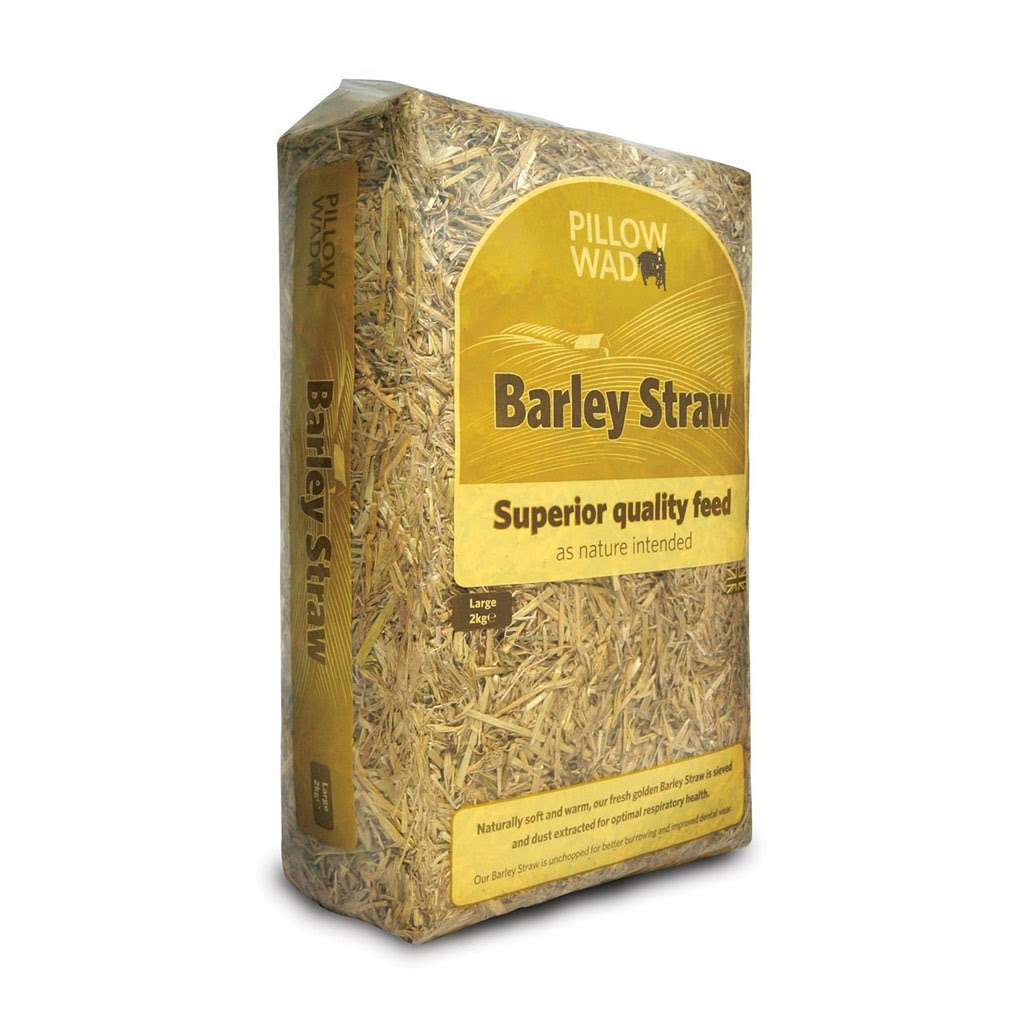In their natural environment hedgehogs will happily gather up their own nesting material and build the nests they need for hibernation, breeding, or just a daytime nap. But as British Hedgehog Preservation Society tells us, natural British hedgehog habitat is disappearing fast. It’s not so easy for our hogs to find the things they need to make a cosy nest these days. So it’s down to us to lend a hand.
Should You Put Bedding in a Hedgehog House?
There is some debate about whether or not it’s a good idea to put bedding into your hedgehog home.
Yes, hogs will need to build a nest in your hog house to keep them warm and dry. But gathering nesting materials and building the nest is a significant part of the preparation for hibernation and having babies. So if we provide the nesting materials are we interfering with that process?
Then many people who have hog boxes will have seen hogs pulling all the provided bedding out and replacing it with their own.
So, should we be putting bedding in hedgehog houses?
On balance yes we should. A hedgehog box is not a natural environment. Placing natural materials like leaves, dry grass, straw or hay in it will make it feel more natural for the hog. It certainly seems to encourage hogs to move into hedgehog houses.
The hedgehog may well pull all of your bedding out and either rearrange it or replace it with her own. But this doesn’t matter, the very fact of the box having natural nesting materials in it will have encouraged the hedgehog to check it out as a potential nesting site.
Hedgehog Nests
Hedgehogs make 3 kinds of nests.
Winter Hibernation nests or Hibernacula built for the winter months, are the biggest, warmest and most solidly constructed. They can be anything from 18 inches to 3 feet across. The hog makes them by gathering together nesting material, getting into the middle of it than shuffling round and round in circles, so the nesting materials form into thick walls.
Breeding nests built for having babies and raising hoglets, are quite similar to hibernation nests but don’t need quite such thick walls as the weather is warmer when hedgehogs breed.
Daytime nests are much simpler and scrappier affairs and may be nothing more than a pile of old leaves.
Whatever the nest, the nesting materials tend to be much the same.
The Best Bedding for Hedgehog Houses
The Natural Solution
If you are lucky you may have seen a hedgehog in the garden busily scuttling around gathering up nesting material.
In their natural habitat hedgehogs go for mid-sized leaves from deciduous trees like oak, hornbeam, beech or lime. These seem to stick together best to form the walls of the nest. They also trap air well between layers to create excellent insulation. Other materials used are dried grass, straw, and other plant material.
If your garden and the local area have plenty of these sorts of materials around then, your local hogs will happily gather these together to make their nests.
If, you are lucky enough to have a large garden, with mature trees and shrubs just go easy on the clearing up in autumn. Leave leaves lying around, don’t cut back your borders. And you will have provided the best bedding for your hedgehogs.
If you don’t have much natural nesting material in and around your garden, you could go on a foraging trip into the local countryside. Gather up a load of leaves and other plant materials do bring it home for your garden hogs.
Or you could buy some bedding for them.
The Best Bedding to Buy
If you are buying bedding for your hedgehog house, look for something as close to their natural nesting materials as possible.
Hay comes out tops for hedgehog bedding in this category, and there are plenty of options to choose from. We would recommend that you look for the following when selecting hay bedding:
- Long strands – these will more easily be “woven” into a nest by the hedgehog.
- Dust extracted, or even double dust extracted. Dry grass isn’t a particularly dusty substance. But once it’s been cut and harvested and turned into hay, it can be quite dusty. This can cause irritation and breathing problems for creatures nesting in it. So go for hay that clearly states that is has been filtered or dust extracted.
- UK Grown in traditional meadows. If you are looking after your local hedgehog, we guess you are keen to look after the environment too. Go for UK grown hay from traditional meadows to support the local environment as well as the local hogs.
This product, Pettex High-Quality Compressed Meadow Hay, ticks all the boxes and is reasonably priced too.

Straw is a good option too. Hedgehogs naturally collect straw as bedding material, so it makes sense as a purchased option. Some people are concerned about strap ends of straw poking into hedgehog eyes. We don’t see this as a concern. Hedgehogs are short-sighted, But they navigate through hedges and sharp brambles in the dark without doing themselves any harm so we can’t see that a bit of straw is going to bother them.
If you do go for straw though, be on the safe side by choosing the softest option: Barley straw. In addition to that, all the rules that apply to hay apply to straw too.
This product is an excellent straw option: Pillow Wad Barley Straw.

How Much Bedding Material Should You Use?
Fill it up!
Don’t just go for a few leaves or strands of hay. Fill the box loosely to the top. The hedgehog will burrow in amongst the nesting materials and shuffle round to create the walls of the nest.
Emma Kate Farley of Little Silver Hedgehog shows us how it’s done here

You could also think about leaving some hay or leaves just outside the house, to encourage the hedgehog in. And if your garden is on the tidy side, you could also put some hay in different places around the garden for the hedgehog to gather up himself.
When to Add Bedding Material
You should never disturb a hedgehog by putting extra bedding in or near the house during hibernation or breeding.
You can add a full load of new bedding when you clean your hedgehog house in the spring.
If your hedgehog home isn’t occupied in the autumn, you can add new bedding then, in late September or early October, just before hibernation.
Autumn and spring are also good times for leaving extra hay around the garden, as these are the time’s hedgehogs will be starting to build hibernation and breeding nests.
Remember hedgehogs don’t like to eat where they sleep. So as Pat Morris tells us in his Hedgehog Book, if you are setting up the your hedgehog home with bedding, don’t put any hedgehog food in the box. Make sure you keep bed and breakfast separate.
Not Pet Hedgehog Bedding
Many of the “Top 10 Hedgehog Bedding” articles you see online are aimed at owners of pet African Pygmy hedgehogs.
Hedgehogs of all species are wild animals and do not make good pets. But what works as bedding for one species in a cage indoors may well not be the right choice as nesting material for wild hedgehogs living outdoors.
So treat these articles with caution. When choosing bedding for your outdoor hedgehog house stick to leaves, hay and straw.
If however you have rescued a hedgehog, and are keeping it in care for a while, then whilst hay and straw are still perfectly acceptable bedding materials, there are other options you could use.
Best Bedding for a Hedgehog Care Box
There are some key differences between an outdoor hedgehog home and a temporary hedgehog care box or enclosure.
Mainly these differences arise from the fact that the care enclosure is likely to be indoors.
- Because it’s indoors you won’t want it to smell, so you will be cleaning and changing bedding daily.
- Because it’s indoors, it will be warmer, and the hedgehog will not need to build such a sturdy well-insulated nest.
So for an indoor hedgehog box, there are other types of bedding you might consider.
Newspaper makes an excellent lining for the base of your hedgehog box, It’s easy to lift each day and scoop out everything that needs removing.
Wood shaving bedding products. These don’t lend themselves to serious nest building for hibernation or breeding, but they will be fine for an indoor hedgehog box. They also tend to keep odours down, which can be a plus. Like hay and straw, go for the non-dusty options.
Fleece. Again, not suitable for serious nest building, but fine for a hedgehog to snuggle up indoors. It’s also easy to wash and quick drying.
Conclusion
With hedgehogs’ natural habitat on the decline, suitable nesting materials can be even harder to find. That’s why we make a real contribution to British Hedgehog Preservation when we can supplement the nesting materials that hedgehogs find naturally.
For a hedgehog house in your garden, choose natural nesting materials like leaves, hay or straw.
If you are looking for bedding for an indoor hedgehog care box, hay and straw are still fine, but you could also use other small animal bedding, like wood shaving bedding of fleece.
Whatever bedding you choose, offering your hedgehogs the chance to make a warm and cosy nest is going to be very much appreciated.
We hope you enjoyed this article and found it useful. Do you have questions or suggestions? We would love to hear them leave us a comment below.
And for more hedgehog reading, visit our hedgehog library here. Or follow us on Facebook for all the latest updates.

















Hi Dot,
You need a feeding station, you can make one, or buy one for around £20.
https://homeandroost.co.uk/blog/hedgehog-feeding-station/
Best
Clare
Interesting the comment about hedgehogs feeding and sleeping in the same place. I have seven hog houses – bought not for hibernation but to ensure their food is not eaten by cats, foxes and badgers. I have one hedgehog who probably spends 50% of its time sleeping in the same box as I feed it in. I put hay in the bottom of my boxes and this little fellow seems to toss it everywhere! I used to put his food on a saucer but one morning found he had managed to block himself in by getting the saucer on its side and resting across the passage out of the box!
Interestingly perfectly relaxed when I open the box to either put food in or take the receptacle out! Occasionally he has bits of hay over him – when I remove a couple of the larger pieces I just get a couple of flicks.
How do hedgehogs communicate. Six years ago when I moved in I started off with one – I now have seven. Last year and this year first one arrived back on 12th March!
Thanks for taking the time to write your informative article. We’ve got at least one hedgehog living under a rambling bush in our flower border. We’ve only heard it/them there, but have seen one occasionally in the summer at night quaffing fallen bird food in other parts of the garden. We have put drinking water and cat’s biscuits out for them. I’ve been wondering about putting out a suitable box for their use, but they do seem to be managing well on their own. We are indolent gardeners, so there’s little chance of us disturbing them.
Cheers, Keith